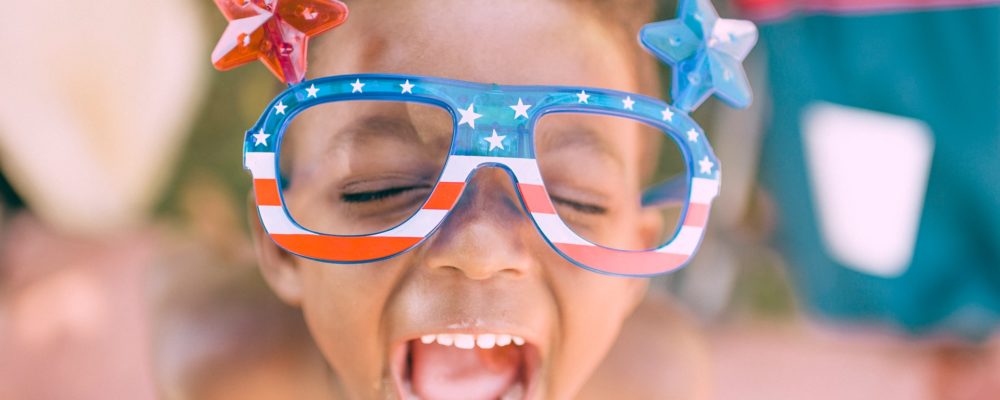This is a very different blog post from the ones that I usually publish here. In this you can read me with my mum hat on. It is an overview of what we do at home to help us with emotions; it is not a complete picture, but I think it can give you an idea of what I strive to do. A first version of the below, was published on the Irish Home Education Network newsletter in summer 2020 and I thought you might find it useful too.
*******
Emotions are the spice of life, or so they say. This year, however, I am getting the idea that as per emotions we are in a whole league by itself. I don’t like to label experiences as bad; I’d rather strive to see them as opportunities – but I can safely say 2020 has so far been quite a challenging year. If this is true for us, as adults, it is even truer for our children. They have been through so much in the past 9 months (yes, it’s that long) and they normally have fewer tools to help themselves. I decided early on to take the current situation as an opportunity to delve a bit deeper into emotional intelligence; this plays such a huge role into our wellbeing – something that featured a lot in our decision to home educate – and we feel it is a very important part of our growing up with our daughter. Mind you, I don’t feel “we have arrived”, rather I feel we are on a journey that is showing up interesting landscapes and it can very well lead us to a wonderful destination.
So far, we have found several practices that have proven to be useful. I am not ashamed to say that I took inspiration from different sources and that I have, again, unashamedly, follow my intuition, picking and mixing whatever I felt resonated.
Focus on the Now
As a general approach, in our lives, we try to focus on the moment. Most of anxiety comes from thinking about the future or the past; so staying in the moment helps. As Eckhart Tolle wrote “the present moment is all you ever have. Make the Now the primary focus of your life”. This does not mean avoidance; after all, you cannot change the past and the future is only a mere projection, the present is the only moment you can do anything about. You can also use the word mindfulness, if you’d like. Paying more attention to the present moment can help to reduce tension, improve our sleep and, yes, boost happiness. Research is beginning to show the benefits for children too – even though, to be honest, I feel most toddlers and younger children are masters in this area.
Try walking in Nature, for example. Toddlers and younger children will notice small details, the snail on a trunk, a ladybug on a leaf, the colour of each flower. For some reasons, growing up we sometimes tend to focus mostly on the road and distance (how far till we get to the destination), but not our surroundings. We find walking in Nature is great to cultivate the ability to just be in the Now. Meditation helps too, of course, but my daughter is just too active to simply sit and focus on an image, for example, or a quality; roaming around aimlessly in Nature works best for us. While we walk, we try to help each other noticing small things; I have to admit that great scientific questions come up a lot, but after a while, Nature’s breath takes us away – and inside – and we tend to focus on our breath and the rhythm of our steps.
Another version of mindful walking for an active child is taking a step for each breath: breathing in you move one foot, breathing out the other. We like pairing this with the warrior walking borrowed from Tai Chi, which makes for very fun walks on uneven terrain.
During or soon after a mindful walking, we have found that talking about what is going in our lives is much easier. It is, certainly, a matter of connection as well; walking together is a way for us to connect to each other (and Nature – which we feel as part of us), yet I think this grounding process gives us an occasion to look into ourselves as well. Walking while being fully present gives us the chance to see us sort of from an eagle’s eye perspective.
Naming Emotions
We have found out, even for us grown-ups, that naming emotions is important – knowing the name of something gives us the idea that we can handle it better, because somehow we know it. With our daughter growing up, we have found that it is important to name even complex emotions, the ones with several layers “I felt excluded and jealous,” for example. For our daughter we have used visual aids, charts that I again unashamedly copied from different sources. Mind you, we don’t use this charts during the outbursts; during the heat of the moment it would be pointless to ask a child to try to engage the brain into recognising or pointing on a chart how they feel – but the charts have helped to build up the vocabulary that is needed plus they are a focus point on where to talk through something that happened earlier in the day (or week).
S.I.F.T.
What we try to do in the heat of the moment is S.I.F.T. (thank you, Dr Dan Siegel!). We pay attention to:
– Sensations
– Images
– Feelings
– Thoughts
This means we talk about the sensations we are experiencing, the images that we might see in our minds (maybe a replay of what happened, or something in the past that came to mind and that trigged a stronger response), our feelings, of course, and our thoughts. It might be that we don’t check all the boxes, but we this is the main framework we use during big emotions. All of this after empathy, of course; empathy is always the first – and most important – help we, as grown-ups, can offer.
Focusing on our breath is a major help during big emotions too – for grown-ups and children alike. There are signals our body gives us to alert us about emotions; as we become more in tune with our breath, we start sensing those signals (a tight abdomen, for example, or a tight jaw, an accelerating heart rhythm) – this is why they come up in S.I.F.T. too. In those moments, we can focus on our breath and regulate its rhythm – this does not make the emotion go away, but it does calm us down and it does release some tension.
Meditation
During tense periods (hello once again dear 2020) – but also in more “normal” life – there are several “meditations” that can be of help as well. Probably the one that we are all most familiar is the “focusing on our breath” one; the idea is to focus on our own breathing, hearing and feeling the air coming in and going out. When our daughter was younger, we used a child friendly version: we would ask her to lie down and place a favourite teddy bear on her belly; she would then see the teddy bear going up and down with each breath. You can start with a big belly breath, fill the lungs from the bottom up and then let the breath go out slowly; then just follow your own rhythm.
However, since our daughter finds staying put hard, we have used – quite extensively – what we call the “tree meditation”; more than a calming exercise is a grounding exercise. It has proven to be better, because the mind is occupied in providing the images and the visualisations require an imaginary movement, so it has been easier for our daughter to follow this through. We use this exercise when we see tension building up for whatever reasons. We stand with our feet a little apart, with our backs straight and our arms extended into the air. Keeping our breathing even and relaxed, we imagine our roots shooting from our toes going deep into the ground, and we imagine we feel Mother Earth nurturing us, sending us nutrients and love through the sole of our feet – this would rise up into our bodies and then come to our fingertips. In all of these we would keep the image of a tree in our mind: our feet and toes the visible part of the roots, our legs and torso the trunk, our arms the branches, our fingertips the leaves. When my daughter was younger, I would ask her to do this exercise while I would guide her with my voice and while massaging the relevant part of her body during the visualisation. This exercise has a beautiful effect; it really does ground you.
Children’s big emotions can be difficult – it’s hard for them, of course, but I don’t actually think they are much easier for us grown-ups to witness. We might feel like we want to fix whatever it is that is disturbing them or we might feel overwhelmed and ready to flee. During the past 9 months I think most of us had to face our incapability to simply fix things for our children. Point is, it really does not help in the longer term anyway (phew, guilt do go away now, thank you very much). What we can do to help them is to learn to ride the waves of our (and their) emotions. Our children will face suffering, they will face injustice, they will face a whole lot of unpleasant things and – while we might be actively working in the Now trying to improve the world they will face – we would be better off admitting our children will face unpleasant emotions. When they (and we) learn that emotions are transitory, and that they don’t need to act on them straight away, but simply take stock and let the wave pass, life becomes a surfing journey if you want, a ride among the hills with up and downs and plains scattered along.
Gratitude
Last but not least, we are trying to cultivate gratitude. At bedtime, we go through what has happened during the day and we highlight and give thanks for all the small beautiful things that have happened during the day. This is to balance maybe a bad mood that might have settle around bedtime but it is also a way to encourage looking for the small blessings in life – the ones that make our life easier day in day out, especially during hard times.
Emotions are, after all, a wonderful opportunity; they are a chance to understand ourselves better and to better connect to each other and the world in general. So, in the end, I raise my glass to 2020: thank you for all you have been teaching me so far .
Marta Dorigo Salamon
Useful resources:
Anne Civardi, Joyce Dunbar, Kate Petty, Louisa Somerville – Nightlights
Baron Baptiste – My Daddy is a Pretzel: Yoga for Parents and Kids
Deepak Chopra – The Way of the Wizard
Dr Dan Siegel – The Whole Brain Child
Eline Snel, Sitting Still Like a Frog
Gabi Garcia, Listening to My Body with My Heart
Jennifer Durand, The Yoga Garden Game (this is a board game)
Lisa Spillane , Six Healing Sounds with Lisa and Ted
Michael Chissick, Frog’s Breathtaking Speech: How children and frogs can use yoga breathing to deal with anxiety, anger and tension
Susan Verde, I am Yoga
Susan Verde, I am Peace
Teresa Anne Power, The ABCs of Yoga for Kids Learning Cards Cards (there are several versions, we picked the ones that appealed the most on a graphic level)
Thich Nhat Hanh, A Handful of Quiet: Happiness in Four Pebbles




